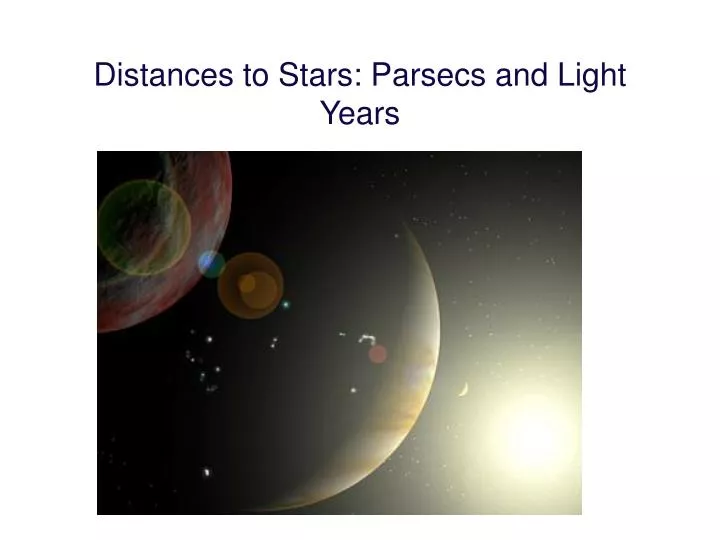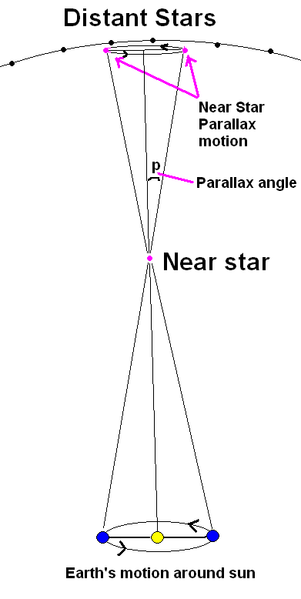

If we measure the period of such a star, we can calculate its luminosity.

The physics of their pulsations is such that the period of one oscillation is related to the luminosity of the star.

Period-luminosity relation: Some stars are regular pulsators, meaning their intensity changes periodically.

There are several variations on this, many of which are used to measure distances to stars in other galaxies. If we know the luminosity of a star (for instance, we have a measured parallax for one star of the same type and know that others of the same type will have similar luminosities), we can measure its apparent brightness and then solve for its distance. The inverse-square law says that the flux from a luminous object decreases as the square of its distance. Inverse-square law: The apparent brightness or magnitude of a star depends both on its intrinsic brightness or luminosity (how bright the star actually is rather than how bright it seems) and its distance from us. The spectrum is the array of colors or wavelengths that is obtained when light is dispersed.) The further a star is, the more absorption will be observed, since the light has passed through more of the interstellar medium. (Absorption lines are colors missing in a continuous spectrum because of their absorption by atoms or ions. Sometimes this leaves absorption lines in the spectrum we observe from stars that lie beyond the interstellar gas. Interstellar lines: The space between stars is not empty, but contains a sparse distribution of gas. Analyzing the apparent motion of the cluster can give us the distance to it. Moving clusters: Clusters of stars, such as the Pleiades and Hyades star clusters, travel together. By measuring the motions of a large number of stars of a given class, we can estimate their average distance from their average motion. Statistically, stars move at about the same rate therefore, the stars that appear to have larger motions are nearer. Proper motions: All stars move across the sky, but only for nearby stars are these motions perceivable, and even then it takes decades or centuries to measure. The methods to measure stellar distances greater than a few thousand light years include: Astronomers use more indirect methods beyond a few thousand light years. Beyond that distance, parallaxes are so small than they cannot be measured with contemporary instruments. Parallaxes give us distances to stars up to perhaps a few thousand light years. How Do We Calculate Distances of This Magnitude It lies about 8 kpc from the center on what is known as the Orion Arm of the Milky Way. The Sun does not lie near the center of our Galaxy. A parsec, equal to 3.26 light years, is defined as the distance at which 1 Astronomical Unit subtends an angle of 1 second of arc (1/3600 of a degree) When we use the parsec for really large distances, we often put a prefix in front of it - like kiloparsecs (kpc), which are equal to 1000 parsecs - or Megaparsecs (Mpc), equal to a million parsecs. Image Credit: The COBE Project, DIRBE, NASAĪlthough the light year is a commonly used unit, astronomers prefer a different unit called the parsec (pc).


 0 kommentar(er)
0 kommentar(er)
